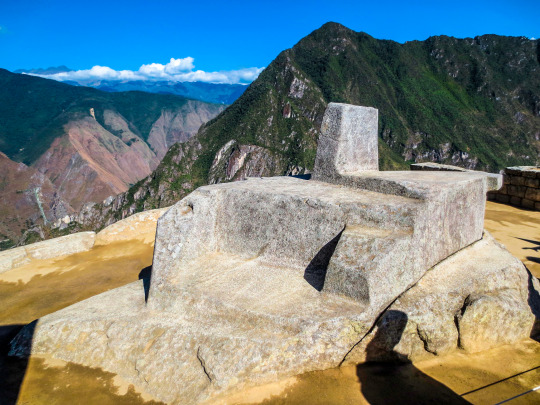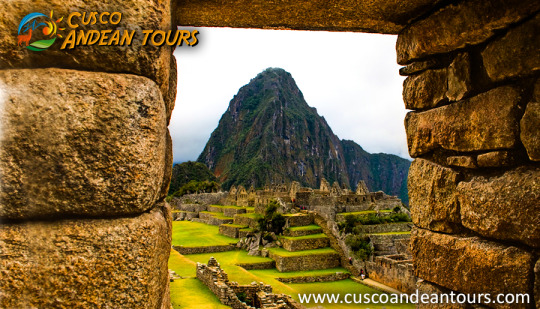The structure known as the Intihuatana in Machu Picchu, is a “carved” rock on a rocky outcrop, located on top of the space known as the same name (Intihuatana); You can access it by a line of stairs. This incredible rock is characterized by presenting various polished planes with incredible accuracy and dexterity, it is carved in the same rock that serves as a pedestal. However, it is not only a carved (or molded) rock, but it also served as a solar clock and has been known for years as "the rock that radiates energy"; Although it is currently forbidden to touch it, it will be enough to put the palms of your hands a few centimeters to feel its energy.
More information Of Machu Picchu Tour

What is the Intihuatana?
It is a lithic piece in the shape of a polygon, has a height of 1 meter by 2 meters in diameter, carved in one piece; its different faces cast shadows, in relation to the movement of the sun and the different seasons of the year. The rock has some small stairs (for the priest to climb) and a table at the top, surely to put the offerings. The entire sculpture is dedicated to the sunrise; with it, the Incas could make precise observations of the movement of the sun, measurements of the weather and seasonal changes.In this way they could verify exactly when the climatic changes would occur, possible variations and determined the beginning of the agricultural activities throughout the year; they also saw the movement of the stars and could calculate the time, thanks to the shadow produced by the carved pillar in the central part.
What does Intihuatana mean?
The literary translation of Intihuatana in Quechua native language is: Inti, which means "sun", and watana which means "to bind or tie up". The Intihuatana was designated as a place of astronomical observation, although it must have had a more religious significance due to its location among the main structures of the city, making it a perfect altar for the practice of sacred rituals. The Intihuatana, "where the sun is tied", is finely carved, with precise and mathematically defined cuts.The pyramid of the Intihuatana

This incredible pyramid building is located in the “hanan” sector of the urban area of Machu Picchu, exactly on the slopes of a hill designed to take the shape of a pyramid. This was possible after turning the skirts of the hill into overlapping terraces to take that pyramid shape.
You can access the Intihuatana through two long stairways located north and south of the building; one of them is formed by 78 steps exquisitely carved in the rock of the mountain, many of which are carved in a single piece of the rocky massif of the hill. Both stairways lead to a kind of open chamber, whose walls have the same detail in the work of their stones.
From this chamber you can reach the top of the building, which is surrounded by some of the most important places in the city, the sacred square or the temple of the 3 windows give it a spiritual character and a religious meaning.
In the middle of the chamber is one of the most fascinating structures of Machu Picchu; the "Intihuatana" was used as a tool for measuring the passage of time and for extensive astronomy studies. The Intihuatana is carved in such a way that it is an excellent tool for measuring time based on the movements of the sun; the shadows cast during the different summer periods mark exactly solstices and equinoxes.
It works as a solar hours meter because its four vertices are directed to the 4 cardinal points (north, south, east and west); the same method used today as a reference to mark a point in the global positioning system (GPS).








0 comentarios:
Publicar un comentario